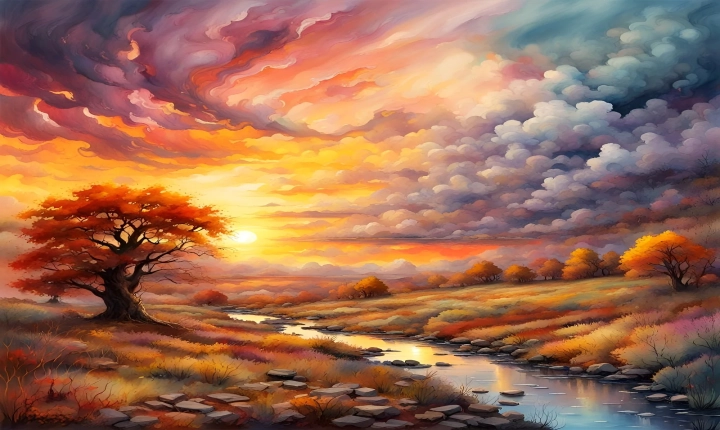Artificial intelligence (AI) picture generators have become increasingly popular in recent years, creating an amazing array of realistic and imaginative images. These systems use advanced machine learning algorithms to understand the patterns and characteristics of different images, and then generate new pictures based on this understanding. So, how do AI picture generators work?
To start, AI picture generators rely on a type of machine learning called Generative Adversarial Networks (GANs). GANs consist of two competing neural networks, a generator and a discriminator, which work together to create realistic images. The generator takes random noise as input and attempts to create new images, while the discriminator evaluates these images and tries to distinguish between real and generated ones. Through this adversarial process, the generator gradually improves its ability to create more convincing and realistic images.
The heart of GANs lies in their ability to learn from large datasets of images. These datasets are used to train the neural networks, enabling them to understand the features and structures that make up different types of images. This understanding allows the generator to create new images that possess similar characteristics to those in the training data. For example, if the GAN is trained on a dataset of human faces, it will be able to generate new images that resemble human faces in terms of features, expressions, and other attributes.
Another key aspect of AI picture generators is the use of deep learning techniques. Deep learning involves the use of multiple layers of interconnected neural networks, allowing the system to automatically learn and extract complex features from the data. This enables the generator to produce high-quality and diverse images, including landscapes, animals, abstract art, and more.
Once the GAN is trained, it can be used to generate a wide variety of images. Users can input specific parameters or concepts, such as “surreal landscape” or “futuristic city,” and the generator will create images based on these inputs. This level of control and creativity makes AI picture generators valuable tools for artists, designers, and developers seeking inspiration and new ideas.
AI picture generators are also continually evolving, with ongoing research efforts focused on improving their capabilities. Techniques such as style transfer, where the generator combines the style of one image with the content of another, have expanded the range of possible outputs. Additionally, advances in hardware and software have enabled faster training and higher-resolution image generation, leading to even more impressive results.
Although AI picture generators have shown great promise, there are also concerns about their potential misuse, such as generating deepfake images or infringing on copyright protections. As a result, ethical considerations and responsible use of these systems are crucial topics for ongoing discussion and development.
In conclusion, AI picture generators are a fascinating application of machine learning and deep learning, enabling the generation of high-quality and diverse images. With their ability to understand and reproduce visual patterns, these systems have the potential to revolutionize various creative and industrial fields. As research and development in AI and machine learning continue to advance, we can expect even more exciting innovations and applications from AI picture generators in the future.
